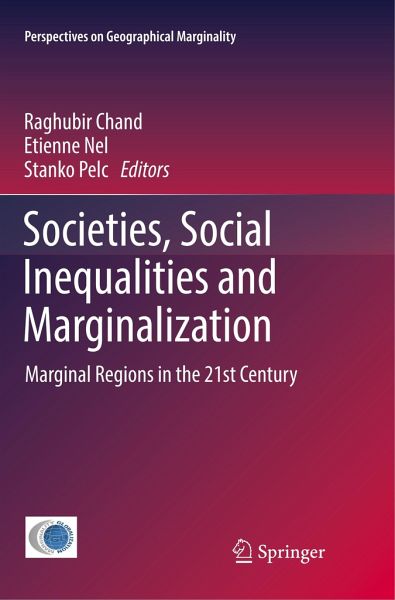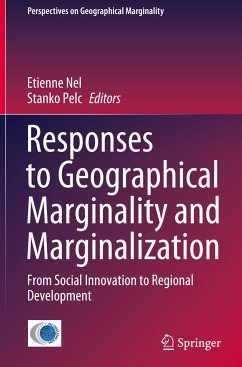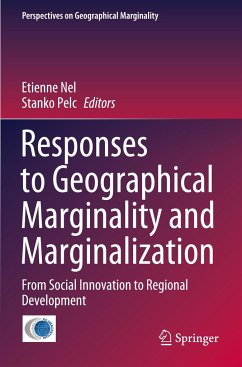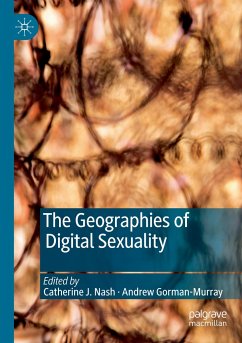
Societies, Social Inequalities and Marginalization
Marginal Regions in the 21st Century
Herausgegeben: Chand, Raghubir; Nel, Etienne; Pelc, Stanko
Versandkostenfrei!
Versandfertig in 6-10 Tagen
83,99 €
inkl. MwSt.

PAYBACK Punkte
42 °P sammeln!
This book provides an overview of marginality or marginalization, as a concept, characterizing a situation of impediments - social, political, economic, physical, and environmental - that impact the abilities of many people and societies to improve their human condition. It examines a wide range of examples and viewpoints of societies struggling with poverty, social inequality and marginalization.Though the book will be especially interesting for those lookingfor insights into the situation and position of ethnic groups living in harsh mountainous conditions in the Himalayan region, examples f...
This book provides an overview of marginality or marginalization, as a concept, characterizing a situation of impediments - social, political, economic, physical, and environmental - that impact the abilities of many people and societies to improve their human condition. It examines a wide range of examples and viewpoints of societies struggling with poverty, social inequality and marginalization.
Though the book will be especially interesting for those looking
for insights into the situation and position of ethnic groups living in harsh mountainous conditions in the Himalayan region, examples from other parts of the world such as Kyrgyzstan, Israel, Switzerland and Finland provide an opportunity for comparison of marginality and marginalization from around the world. Also addressed are issues such as livelihood, outmigration and environmental threats, taking into account the conditions, scale and perspective of observation.
Throughout the text, particular attention is given to the context and concept of 'marginalization', which sadly remains a persistent reality of human life. It is in this context that this book seeks to advance our global understanding of what marginalization is, how it is manifested and what causes it, while also proposing remedial strategies.
Though the book will be especially interesting for those looking
for insights into the situation and position of ethnic groups living in harsh mountainous conditions in the Himalayan region, examples from other parts of the world such as Kyrgyzstan, Israel, Switzerland and Finland provide an opportunity for comparison of marginality and marginalization from around the world. Also addressed are issues such as livelihood, outmigration and environmental threats, taking into account the conditions, scale and perspective of observation.
Throughout the text, particular attention is given to the context and concept of 'marginalization', which sadly remains a persistent reality of human life. It is in this context that this book seeks to advance our global understanding of what marginalization is, how it is manifested and what causes it, while also proposing remedial strategies.












